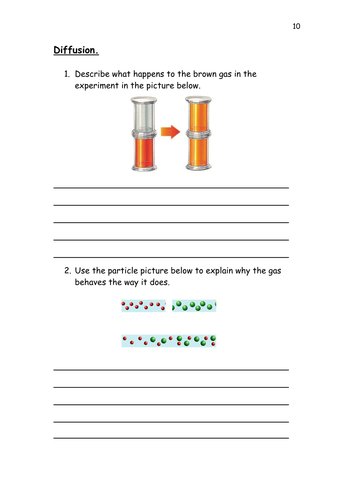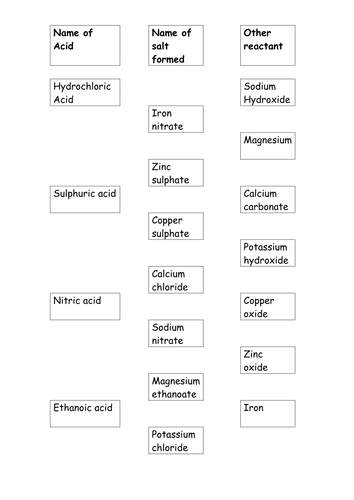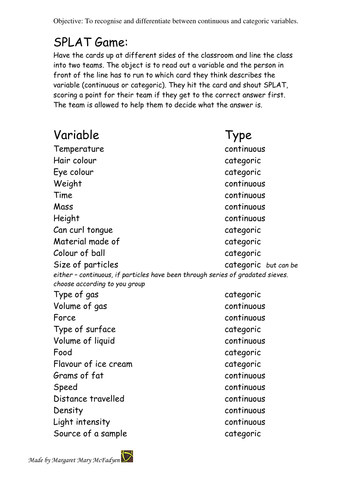Margaret Mary McFadyen's Shop
I have taught secondary school science, Chemistry being my specialism, for 28 years. I have developed and used my resources in my own lessons, usually in response to a specific need or a gap in provision. I like resources that are multifaceted in the way they are used, if possible, so that they can be easily adapted to the needs of different classes, without necessarily having to alter them. I share my most frequently and successfully used here. I am now tutoring Chemistry online.























